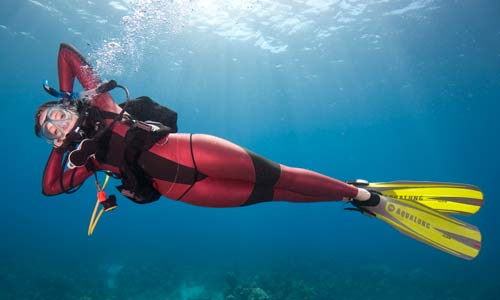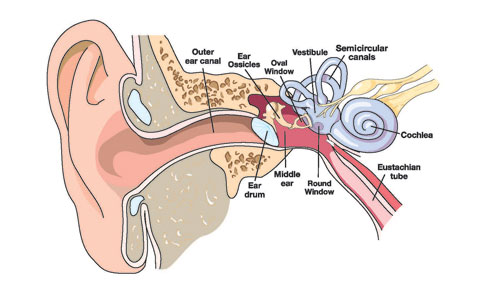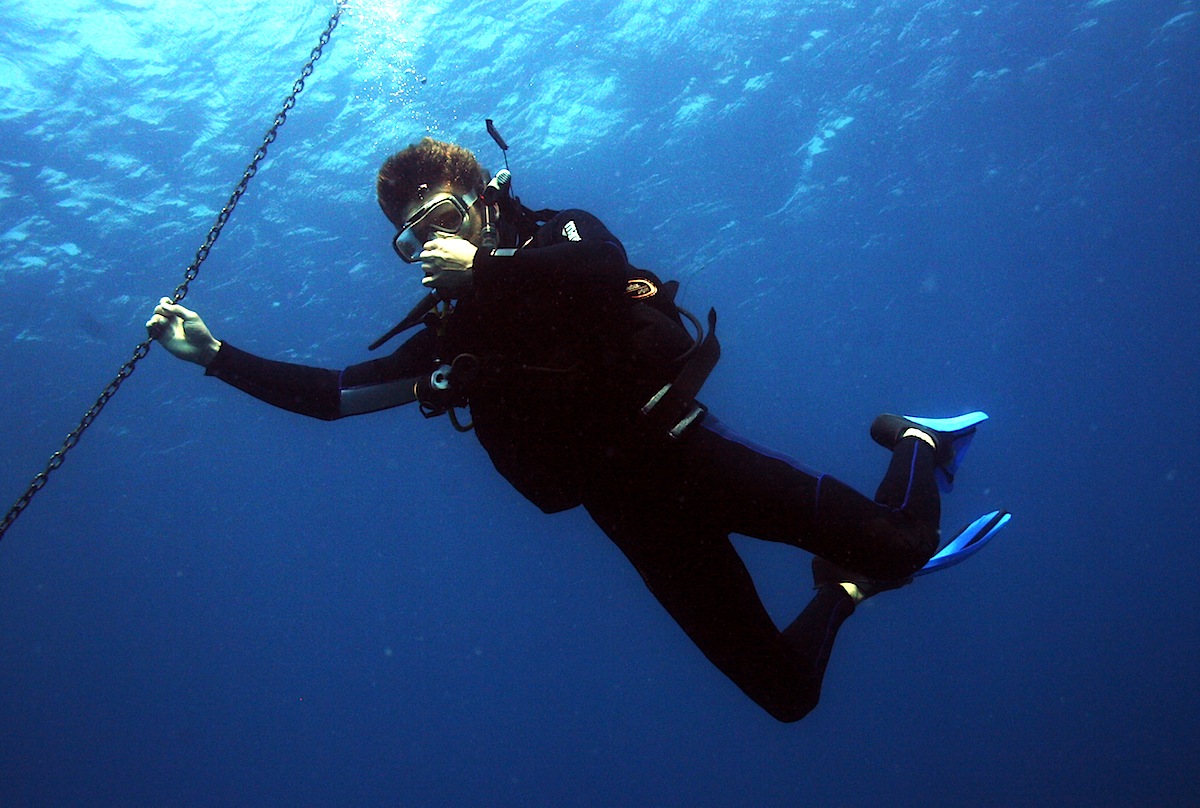One of the most common issues for Divers is equalizing your ears.
There can be many reasons for this such as congestion due to a cold, swimmer’s ear, narrow Eustachian tubes, or other pre-existing issues and damage from barotrauma.
I have always had sensitive ears, and after suffering a barotrauma I worried that this would stop me diving, but after doing some research and trials at the deep end of the pool, I found an equalizing method that works for me. I’ve compiled a list of tricks and tips, the first 4 are pre-dive and the rest apply to the dive itself.
Hopefully there’s one or a combination of tips that work for you, and remember don’t push it – there’s always next time.
Here are a few other tips, these are things to thing about before going diving:
- Avoid milk and other dairy products that may increase your mucus production.
- Avoid tobacco and alcohol: like dairy they can increase your mucus levels.
- Start clearing your ears early – even hours before you dive.
- Chew gum before diving, this keeps you swallowing which is opening your Eustachian tubes.
Once you’re in the water think about these pointers:
- Equalise at the Surface – this can help you get down the first metre and can also inflate your Eustachian – remember, be gentle!
- Descend feet first – it can be much harder to clear with you head down.
- Look up as you descend. This stretches the tubes, I often stretch my neck from left to right as well to help extend the stretch.
- Use a descent line – this will help you control the speed of your descent.
- MOST IMPORTANTLY – STOP IF IT HURTS! Your Eustachian tubes have been blocked by the pressure differential. Ascend a metre or two and try equalising again gently.
Clearing Methods
The most common method is the Valsalva Manoeuvre – this is the most common method, you pinch you nose then blow gently. Be aware of how hard you are blowing as too much pressure could rupture an ear drum. Never blow for more than 5 seconds before taking a break. The problem with this method as it doesn’t open the Eustachian tubes, instead air is forced up into them but this won’t work if the tubes are already locked due to a pressure differential.
Another common one is the Toynbee Manoeuvre – you start with pinching your nose, and while holding it – swallow. The motion of swallowing opens the tubes while the movement of your tongue forces compressed air against them.
The Lowrey Manoeuver combines the Valsalva and Toynbee and this is one that works well for me. While holding your nose – blow gently and swallow at the same time.
The Frenzel Manoeuvre requires you pinching your nose and closing the back of your throat (as you would do when straining to lift something). Then try making the sound of the letter ‘K’, closing you throat is opening the Eustachian tubes and making the ‘K’ sound forces air against the opening.
The Edmonds Technique involves tensing the soft palate – this is the soft tissue at the back of the roof of your mouth – and your throat muscles, while pushing the jaw forward and down, do a Valsalva manoeuver.
This next one requires a bit more practice – Voluntary Tube Opening. Again start by tensing the muscles of the soft palate and throat while pushing your jaw forward and down as if you starting to yawn and this will pull the Eustachian tubes open. With a lot of practice some dives can learn to control these muscles and hold the tubes open for continuous equalization.
Do you struggle with equalizing? What methods work best for you? Share in the comments below!


